Archives
- 2025-12
- 2025-11
- 2025-10
- 2025-09
- 2025-03
- 2025-02
- 2025-01
- 2024-12
- 2024-11
- 2024-10
- 2024-09
- 2024-08
- 2024-07
- 2024-06
- 2024-05
- 2024-04
- 2024-03
- 2024-02
- 2024-01
- 2023-12
- 2023-11
- 2023-10
- 2023-09
- 2023-08
- 2023-07
- 2023-06
- 2023-05
- 2023-04
- 2023-03
- 2023-02
- 2023-01
- 2022-12
- 2022-11
- 2022-10
- 2022-09
- 2022-08
- 2022-07
- 2022-06
- 2022-05
- 2022-04
- 2022-03
- 2022-02
- 2022-01
- 2021-12
- 2021-11
- 2021-10
- 2021-09
- 2021-08
- 2021-07
- 2021-06
- 2021-05
- 2021-04
- 2021-03
- 2021-02
- 2021-01
- 2020-12
- 2020-11
- 2020-10
- 2020-09
- 2020-08
- 2020-07
- 2020-06
- 2020-05
- 2020-04
- 2020-03
- 2020-02
- 2020-01
- 2019-12
- 2019-11
- 2019-10
- 2019-09
- 2019-08
- 2019-07
- 2019-06
- 2019-05
- 2019-04
- 2018-11
- 2018-10
- 2018-07
-
br Author contribution br Declaration of
2021-10-16
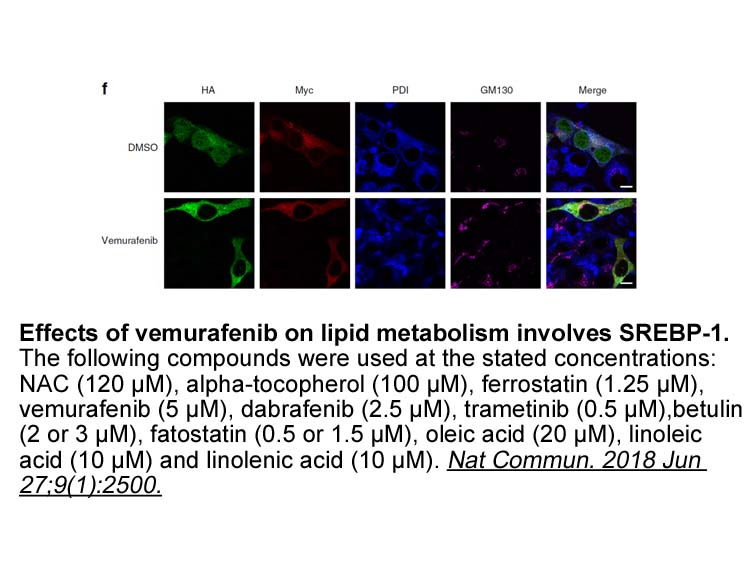
Author contribution Declaration of interest Acknowledgements This work was supported by National Natural Science Foundation of China (Grants 81473093) and State Key Laboratory of Drug Research, Shanghai Institute of Materia Medica (SIMM1601ZZ-02). Introduction Diabetes represents a majo
-
vorapaxar australia AKR D is very highly
2021-10-16
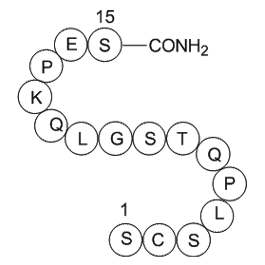
AKR1D1 is very highly expressed in human liver and based upon the observations outlined above, with respect to other steroid hormone pre-receptor metabolising enzymes, it is entirely plausible that AKR1D1 could represent a critical regulatory step in the control of metabolic phenotype within the liv
-
In conclusion a novel series of GPR agonists containing
2021-10-15
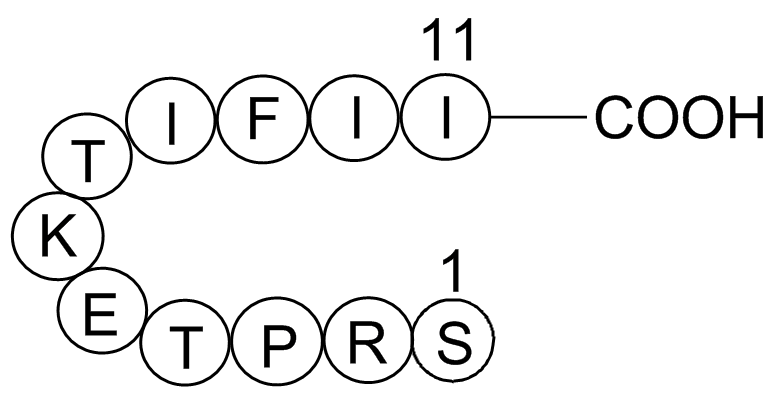
In conclusion, a novel series of GPR40 agonists containing nitrogen heterocyclic rings derived from TAK-875 were designed and synthesized. The structural activity relationship studies indicated that the substituents on the nitrogen SC-514 sale had a remarkable effect on the GPR40 agonistic activity
-
Next we conducted subgroup analyses with stratification alon
2021-10-15
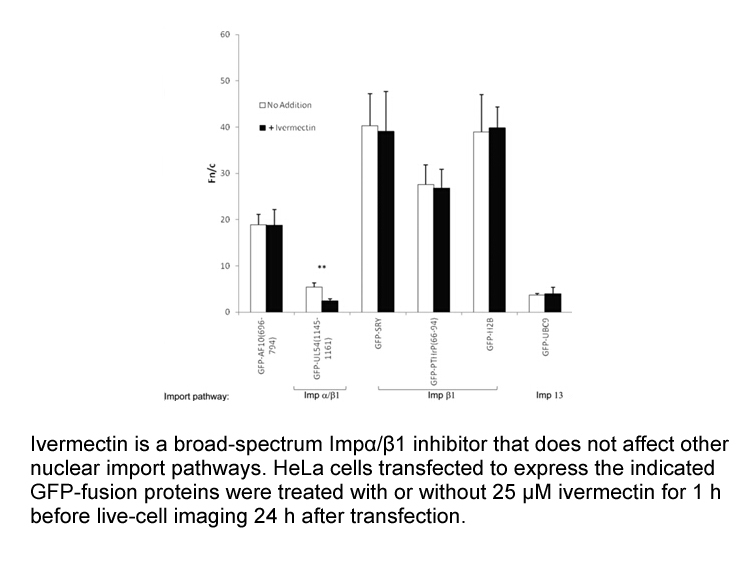
Next, we conducted subgroup analyses with stratification along interaction variables, namely the PPARG SNP and fasting NEFA. The study population was thus stratified into high and low NEFA (along the median NEFA, 561 μmol/L), and PPARG minor allele (Ala) carriers. This stratification resulted in 4 s
-
Main Text FFAR GPR is a long chain
2021-10-15
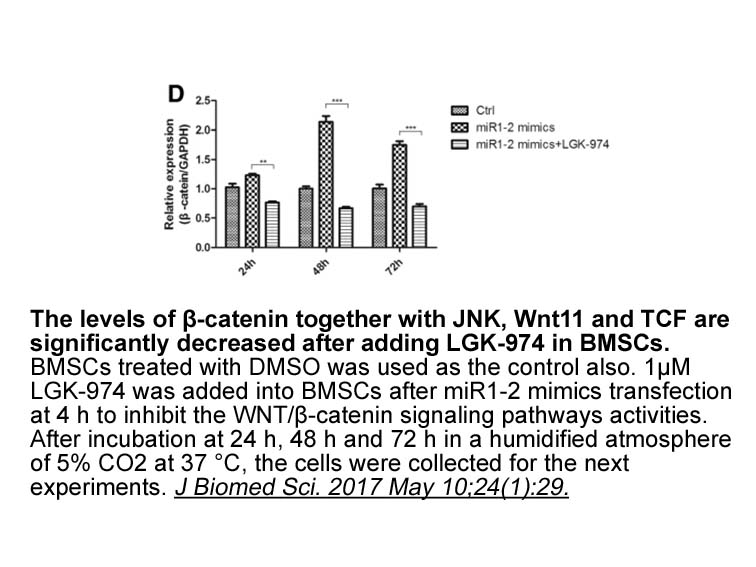
Main Text FFAR1 (GPR40) is a long-chain fatty Fmoc-His(Trt)-OH (LCFA) receptor highly expressed and enriched in enteroendocrine cells, where it senses LCFAs generated from dietary triglycerides, and in pancreatic islet cells, where it acts as a powerful stimulator of insulin secretion. However, the
-
In accordance with our study the blockage of Fas
2021-10-15

In accordance with our study, the blockage of Fas/FasL pathway and overexpression of miR-204-5p was associated with reduced BUN, Scr, and MDA, as well as elevated SOD and GSH-Px. A recent study has reported the ectopic expression of BUN and Scr in RIRI animals, which marked the dysfunction of kidney
-
Hyperhomocysteinemia HHcy is a clinical condition characteri
2021-10-15
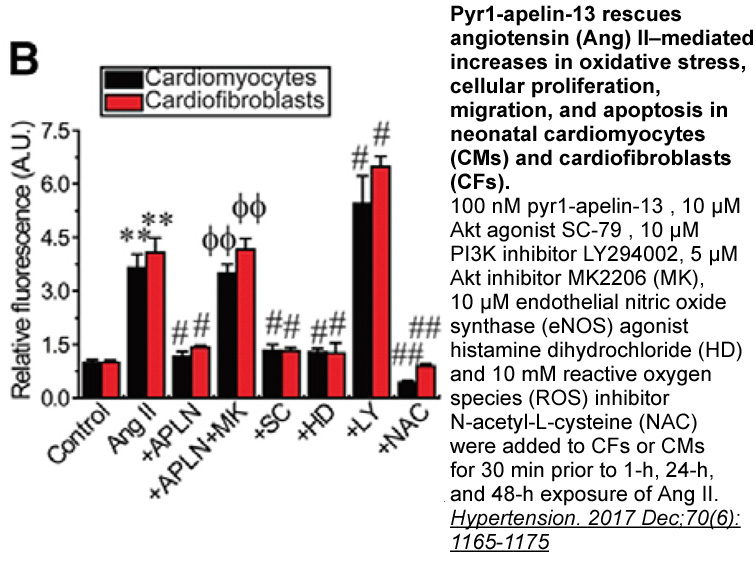
Hyperhomocysteinemia (HHcy) is a clinical condition characterized by increased levels of plasma homocysteine (Hcy) and a well-known risk factor for CVDs. Hcy is a sulfur-containing non-protein amino Melanocyte stimulating hormone release inhibiting factor formed during the intracellular conversion o
-
Dithiodipyridine also known as aldrithiol is
2021-10-15

2,2′-Dithiodipyridine , also known as aldrithiol, is a known zinc ejector, targeting for instance the zinc finger in nucleocapsid protein of human immunodeficiency orexin a receptor type 1. inhibited G9a activity with IC = 0.65 µM and GLP with IC = 2.6 µM. We also tested disulfide cysteamine dihydr
-
br HER proto oncogene The erbB
2021-10-15
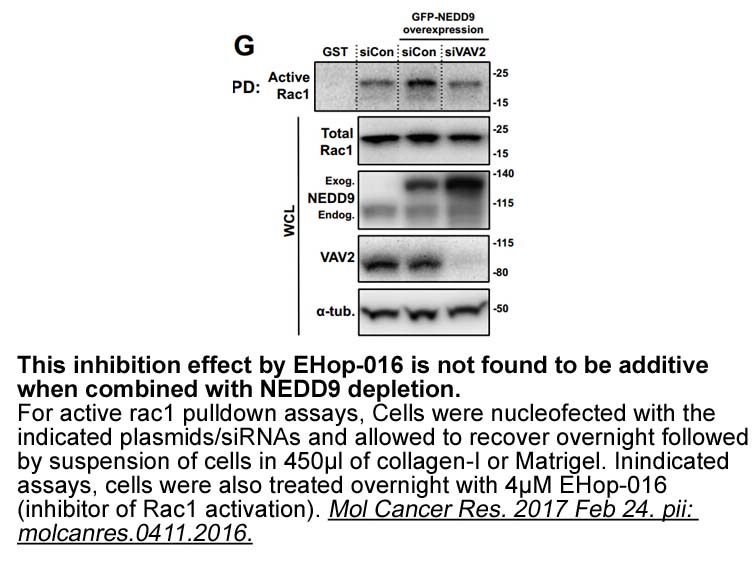
HER2 proto-oncogene The erbB2 gene, located on the short arm of chromosome 17, was discovered and cloned in 1983 (Fig. 1) (Sato et al., 1983). The product of this gene, HER2, is a transmembrane glycoprotein of 185 KDa that consists of three main domains: an extracellular, a transmembrane and an i
-
To overcome these limitations investigators have developed n
2021-10-15
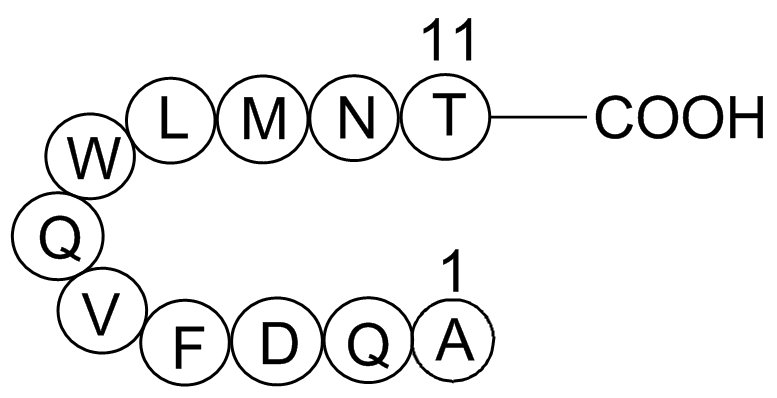
To overcome these limitations, investigators have developed novel strategies for identifying and purifying gonadotropes from transgenic mouse models. For example, FSH-producing gonadotropes have been tagged in vivo with a transgenic cell surface antigen (H-2Kk) so that they can be purified in vitro
-
An alternative approach to improving pharmacokinetic profile
2021-10-15

An alternative approach to improving pharmacokinetic profile while retaining high GlyT1 potency was also pursued. Libraries were prepared in which potency enhancing piperidine C4 substituents were combined with clearance lowering truncated alkyl sulfonamides. The result was the discovery of (). Unl
-
FFAR is highly expressed not only in
2021-10-15

FFAR1 is highly expressed not only in β cells but also in α b-AP15 receptor (Segerstolpe et al., 2016), which gives the interesting perspective that 20-HETE may function both as an autocrine and as a paracrine regulator of islet cell function (Figure 1A), i.e., acting in symphony with the many other
-
br Conflict of interest br Acknowledgements br Introduction
2021-10-15
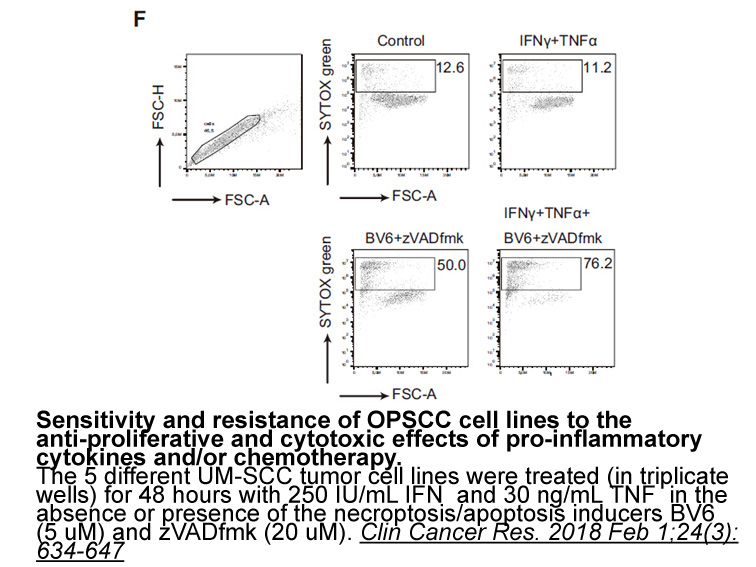
Conflict of interest Acknowledgements Introduction Second generation antipsychotic drugs (SGAs) such as olanzapine are widely used in treating individuals with schizophrenia and bi-polar disorder and are increasingly prescribed for other conditions such as anxiety (Pringsheim and Gardner, 2
-
br Methods br Results br Discussion Previous work
2021-10-15

Methods Results Discussion Previous work by the Hirano group investigated the effect of GIP in murine atherosclerotic models and found infusion of GIP (1–42) by osmotic mini-pumps to decrease lesion size after 4 weeks in non-diabetic as well as in diabetic ApoE−/− mice [8], [9]. Mechanistic
-
GHRL effect on appetite is
2021-10-15
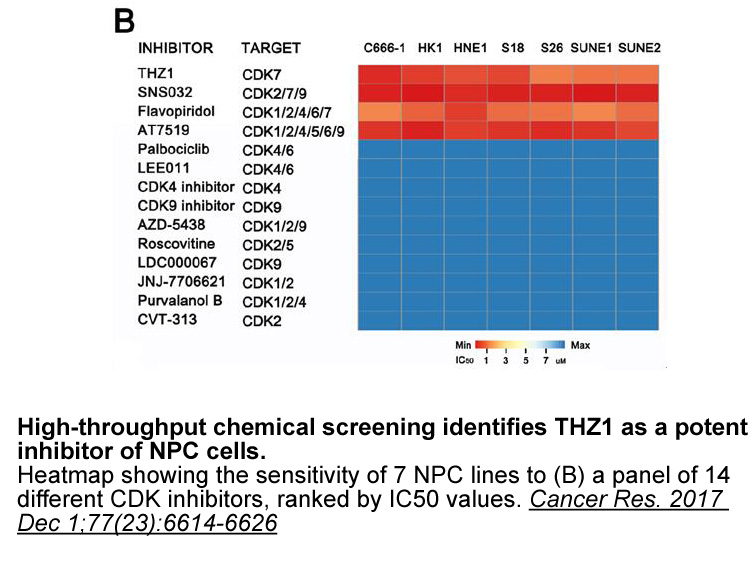
GHRL effect on appetite is influenced by its dose and route of administration, where central or peripheral administration of GHRL at low doses increases feed intake, via acting on orexigenic hypothalamic neurons, and decreases appetite at high doses in chickens (Jonaidi et al., 2012), quails (Shoush
16695 records 591/1113 page Previous Next First page 上5页 591592593594595 下5页 Last page